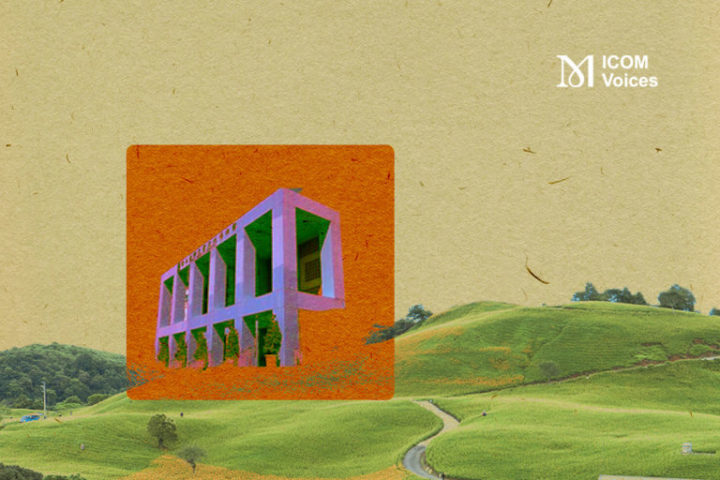
Jian-Wei Ciou and Hsiao-Chiang Wang
Distinguished Research Fellow of ETSA Culture and Arts Foundation / UNESCO RILA PhD Scholar
Museums have no borders,
they have a network
April 28, 2023
Keywords: co-curation, power of museums, indigenous community, Kamcing tribe
The Power of Co-curation: The Kamcing Tribe and the National Museum of Prehistory
An increasing number of people believe museums should prioritise community needs and act as catalysts for change. This article examines the co-curation experience between the Kamcing tribe and the National Museum of Prehistory in Taiwan (NMP). By sharing its stories, the community is empowered and the museum benefits from local engagement. While this unique experience cannot be replicated, the co-curation model and methods can be an example to other museums and communities.
The Kamcing Tribe’s Motivations
The Kamcing tribe is located in the mountainous region of Taitung, Taiwan. It is now mainly composed of Bunun, one of the indigenous groups of Taiwan known for its rich cultural heritage, music, unique way of life, and a few other ethnic groups.
The formation of this tribe was not natural but forced by the colonial government. In the 1930s, the Japanese colonial government forced various tribes to move to the Kamcing tribe for convenient governance. This caused many families to leave their homes and lose their cultural identity, resulting in diverse but fragmented memories in this tribe (Kamcing Tribe Curatorial Team, 2017; Ciou et al., 2020).
In 2017, some young tribal members realised that it had been a century since people had moved to Kamcing. Although Kamcing history has been recorded in ethnography – and Bunun music, Pasubutbut, is internationally known – it is often a homogenised and simplified version. According to many members of the Kamcing tribe, they have often been interviewed without knowing who the interviewers were, how the resulting stories were written, and whether the interviewers truly understood their perspectives and experiences. The desire to control their own narrative became the driving force behind this project.
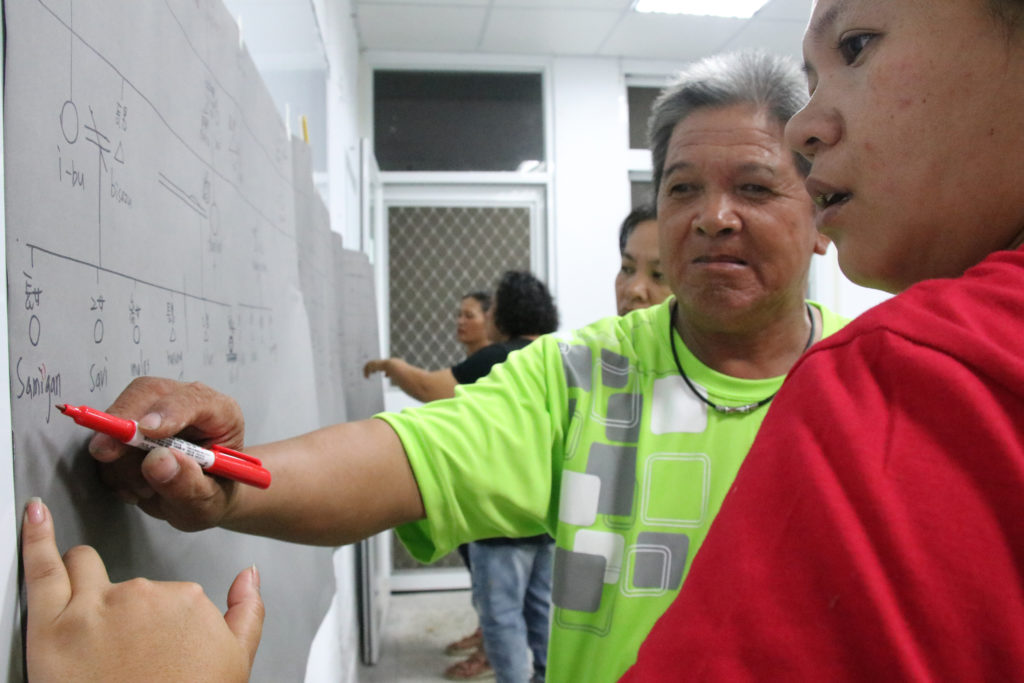
Fig. 1 Tribe members participating in the workshop to rebuild the connection with their families. © Ciou
The mutually empowering partnership between NMP and the tribe
The NMP was tasked by the Ministry of Culture (MOC) to lead the Local Context Knowledge Systems project. The NMP and the Kamcing tribe established a partnership based on mutual empowerment, with both parties working together, without a hierarchy. The museum acted as a bridge and facilitator, providing resources and working methods, while the community controlled the narrative and conducted fieldwork. The co-curation team prioritised the engagement and the voices of the participants, over results and critical performance indicators, in contrast to the usual public management approach. The curation team focused on presenting the polyphonic stories of the Kamcing tribe instead of focusing on growing visitor numbers or on the scenography.
The exhibition Remembering and Returning Home, held in the community plaza, was the result of the project. Despite its brief five-hour duration, the exhibition managed to encapsulate over a century of Kamcing history and the collective memory of its tribes. The community members designed all aspects of the exhibition based on a thorough oral history investigation.

Fig. 2 Tribal members setting up the exhibition. ©Ciou.
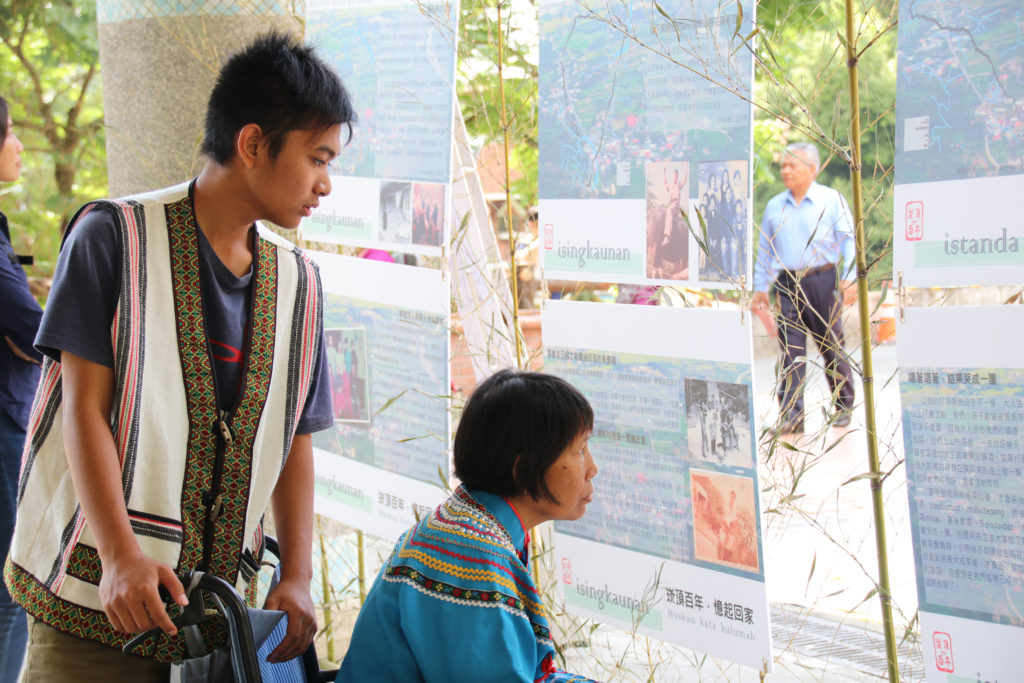
Fig. 3 A tribal woman reading her own life story. © Ciou.
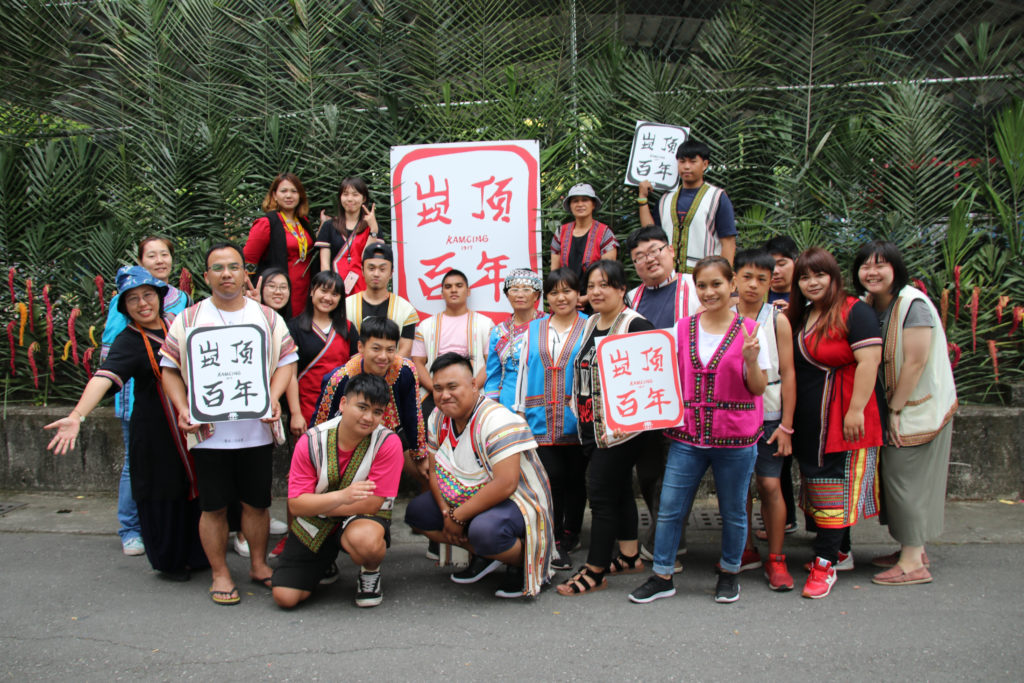
Fig. 4 The co-curation team and museum staff. © Ciou.
After the exhibition, which engaged almost the whole tribe, more members of the Kamcing tribe were inspired to learn about their family history. Follow-up history surveys and programs were conducted to get schoolchildren to visit their ancestral lands. Tribal members researched historical archives, illustrated family trees, noted kinship and marriage traditions, and reconstructed the Bunun naming system based on the father’s generation name and the children’s birth order – this also led to the Where Does My Name Come From? exhibition in 2019. The Bunun naming system has been revived in the Kamcing tribe, where new-borns are named according to this system. Some tribal members have regained their Bunun names, reinforcing their cultural identities.
Moreover, a tribal member donated his former house as an exhibition and storytelling space. The 3062 years old House now contains a permanent exhibition and serves as a shared space for the community while supporting the local economy. The community-run museum has become a hub that brings people together, a repository for stories, and an entryway for visitors to understand this tribe.
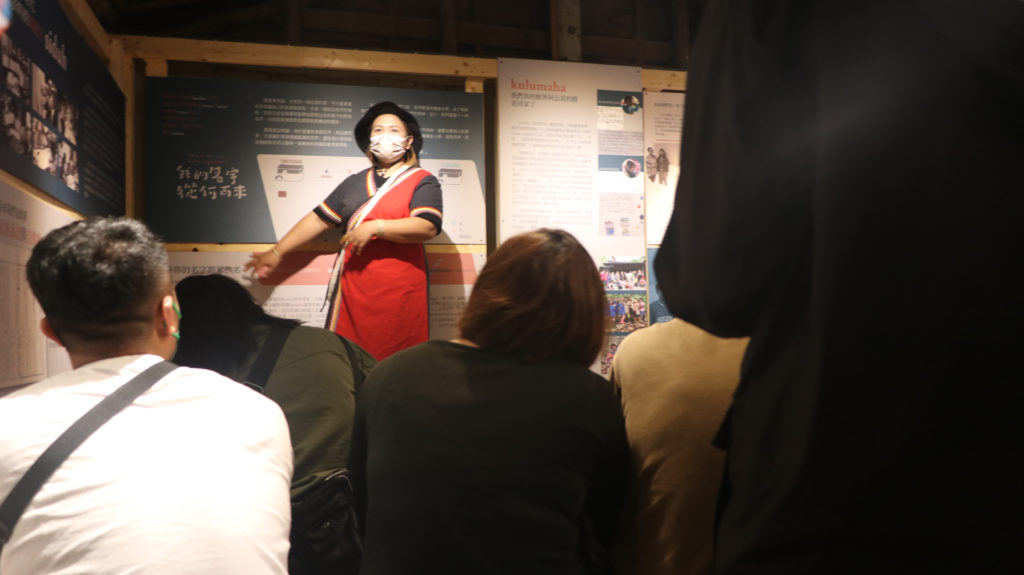
Fig. 5 The tribe curator Ibu guiding visitors. © Ciou.
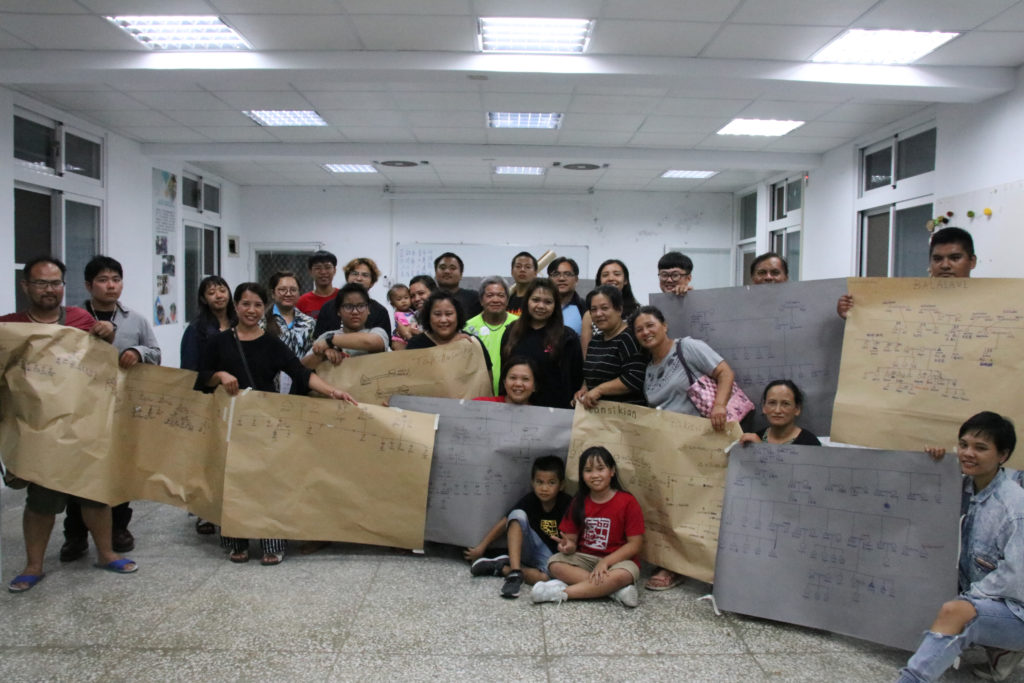
Fig. 6 Knowledge exists in everyone’s lives. © Ciou.
The Results of the Kamcing Tribe Project
This collaborative project recognises the importance of the community’s cultural knowledge and traditions, often transmitted orally and through personal experiences rather than academic or institutional sources. By taking ownership of their cultural heritage, community members are instilled with a sense of pride and ownership over their shared history and traditions. It ultimately strengthens social ties and promotes community cohesion, allowing individuals to regain a sense of group identity.
Co-curation is a practice that can bring transformational change for both museums and tribes. After the project, the NMP adopted more inclusive approaches to research and curation. People of the Kamcing tribe gained the ability to document and interpret their histories and perspectives. They continue to thrive and emphasise the value of indigenous museums that preserve memory and create knowledge systems for the future.
This practice envisions museums as a way to democratise knowledge authority, connect communities with the land, and as a force for positive change.
Acknowledgement
We appreciate the contribution of all the people of the Kamcing tribe, curator Ibu Istanda Takiscibanan, curator Lin, Song-En, and director Wang, Chang-Hua of NMP, Professor Lee Yu-Fen, who have devoted their efforts to this project.
References
Kamcing Tribe Curatorial Team (2017). The exhibition of the Kamcing tribe’s one hundred years of history. Available at: https://sites.google.com/view/kamcing-taitung/
(Accessed: 13 March 2022).
Ciou, J. et al. (2020), 練習, 一起走一段: 練習, 一起走一段: 博物館與地方的N種可能(Practice together: N possibilities for museums and places). Nation Museum of Prehistory.
